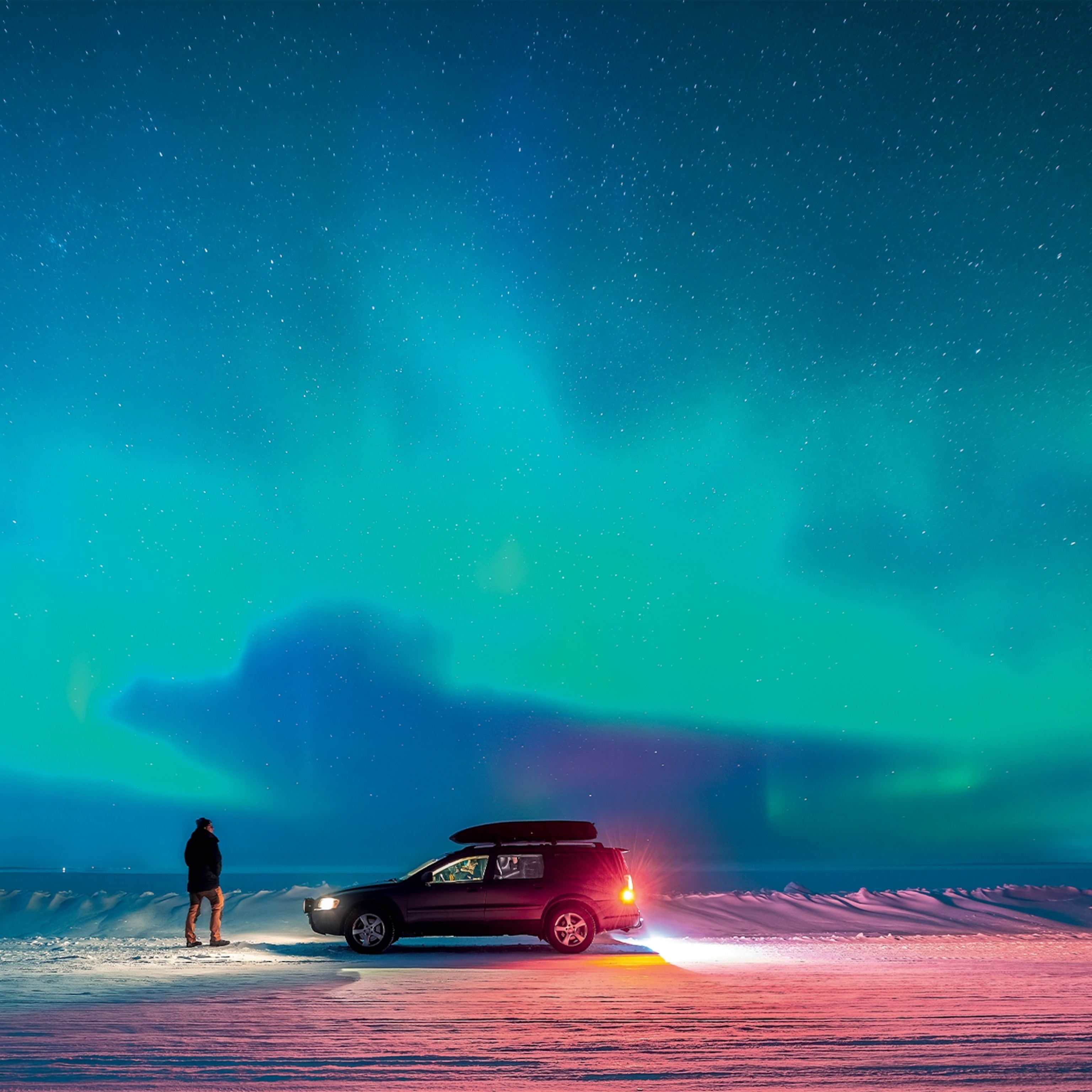
For an otherworldly experience, venture into Europe’s ice caves
From a natural ice rink in Slovakia to formations with stunning natural ice sculptures in Austria, here are four ice caves to visit before they melt away.
Beneath the surface of Europe’s most enigmatic mountains lies a hidden world that will take your breath away—then freeze it in an instant. Caves—formations made in soluble limestone, gypsum, and dolomite rocks—riddle our planet, enticing spelunkers to explore otherworldly landscapes of stalagmites and stalactites.
But in ice caves, garlands of icicles dangling from cavernous ceilings, frozen cascades of blue-hued waterfalls, and ice cones as tall a 10-story building steal the show. In some, the ice sheets are so thick that scientists describe them as underground glaciers, and in others, researchers date the ice to be more than 10,000 years old.
However, from the Arctic to Antarctica, ice fields, glaciers, sea ice, and ice caves are disappearing at an alarming rate. The world has warmed 2 degrees Fahrenheit (1.1 degrees Celsius) since the early 19th century, leading to extreme weather patterns that will only get worse as global temperatures continue to rise, reports Nat Geo’s Sarah Gibbens, citing a U.N. report on the state of the world’s climate.
(The Alps’ magical ice caves risk vanishing in our warming world.)
Georg Zagler, an Austrian geologist and avid spelunker, says he was surprised to see so much ice missing from a cave in Unstersberg, a massif along the Austrian-German border, which he first explored when he was 15. “When I go today, it’s really shocking to see how much ice has disappeared—it’s a prime example of climate change,” says Zagler, now 52.
For now, ice caves remain a magical gateway into our planet’s geological and climatic past. Here are four of the most alluring ones to visit before they are gone.

Eisriesenwelt, Austria
Less than an hour from the city of Salzburg, home of Mozart and The Sound of Music, is the world’s largest ice cave, the Eisriesenwelt—or “world of the ice giants.”
For centuries, villagers would refuse to enter the cave, believing that it was the gate to hell and that the blustering wind escaping the entrance was the devil’s breath. Alexander von Mörk, a speleologist from Salzburg, debunked the myth in the early 1900s, after leading several expeditions into the 26-mile-deep cave system. Instead of evil spirits, explorers found a dazzling world of sapphire and ice. Mörk was so enthralled by the beauty of Eisriesenwelt that he wanted his ashes buried there. After he died in World War I, his request was granted.
(The land of the Sleeping Beauty Cave is waking up to tourism.)
From May to October, about 200,000 tourists trek up Austria’s Hochkogel mountain via cable car each year to see Eisriesenwelt’s impressive maze of ice formations, including one resembling a trunkless elephant. Visitors are advised to brace themselves as tour guides swing open the entrance’s heavy door—unleashing gusts that can reach up to 56 mph—before using carbide lamps to explore more than half a mile of accessible glaciated tunnels.
At the end of the guided tour, visitors arrive at a frozen lake, inside a chamber known as the Eispalast, or “ice palace,” where the frost crystals twinkle when a magnesium flare is held up to them.
Scărişoara Ice Cave, Romania
Declared a natural monument and a speleological reservation, Scărişoara Ice Cave features the second largest underground glacier in Europe. Visitors can take the stairs down the 164-feet shaft into the Big Hall, a large chamber where scientists have discovered ice more than 10,000 years old.
From here, the cave opens up into four sections: The Church, Great Reservation, Coman Gallery, and Little Reservation. The Big Hall and The Church are the only sections opened to visitors—the others are for scientific research only. Venture inside The Church section to find hundreds of up to 16-feet-high icicles rising from the floor. As natural light penetrates the rock, the illuminated icicles resemble an ethereal vision of candles under a dark dome.
(Researchers navigate Mount Rainier's deadly ice caves for science.)
Scărişoara is just one of the more than 1,200 caves found in Apuseni Nature Park, many of which can be visited without special equipment. Bear’s Cave exhibits some of the 140 prehistoric bear skeletons preserved in the ice. Nearby, at the Vârtop Cave scientists have found fossilized footprints from a Neanderthal made approximately 65,000 years ago (one of which was cut out and stolen).

Dobšinská Ice Cave, Slovakia
This UNESCO World Heritage site (part of the Caves of Aggtelek Karst and Slovak Karst network) is large enough to fill 40 Olympic-sized swimming pools with a staggering 3.5 million cubic feet of ice.
A steel staircase leads spelunkers through the ceiling—which collapsed some 300,000 years ago—into the Great Hall, where a 67-feet-thick sheet of ice covers the entire floor. Locals often recount how Slovakian figure skater Karol Divín used Dobšinská as a mock skating rink to practice his spins year-round, leading to his 1960 Olympic silver medal.
Deeper into the cave, visitors pass a 65-feet-long curtain of ice following an ice tunnel where layers on the ice show how the cave expanded over centuries. In some spots, visitors might even spot a frozen prehistoric cave bat.
Dachstein Giant Ice Cave, Austria
Thousands of travelers venture high above the pastel-painted chalets of Hallstatt to see Dachstein Giant Ice Cave, one of the largest subterranean ice caves in the Austrian Alps. Two motorized replicas of a now extinct prehistoric cave bear (Ben and Boris) greet visitors on their way to the stalactite- and stalagmite-filled King Arthur Dome, the deepest point in the cave. Formed more than 500 years ago, dozens of spectacular natural ice sculptures dot the cave floor.
(Looking for a ‘Stairway to Heaven’? Try the Austrian Alps.)
From here, travelers must cross a suspension bridge over a 40-feet-deep abyss to get back outside. After the guided tour, take the nearby cable car to ride to the top of Krippenstein mountain, where picturesque views of Lake Hallstatt can be seen on a roughly 6,000-feet high viewing platform.






